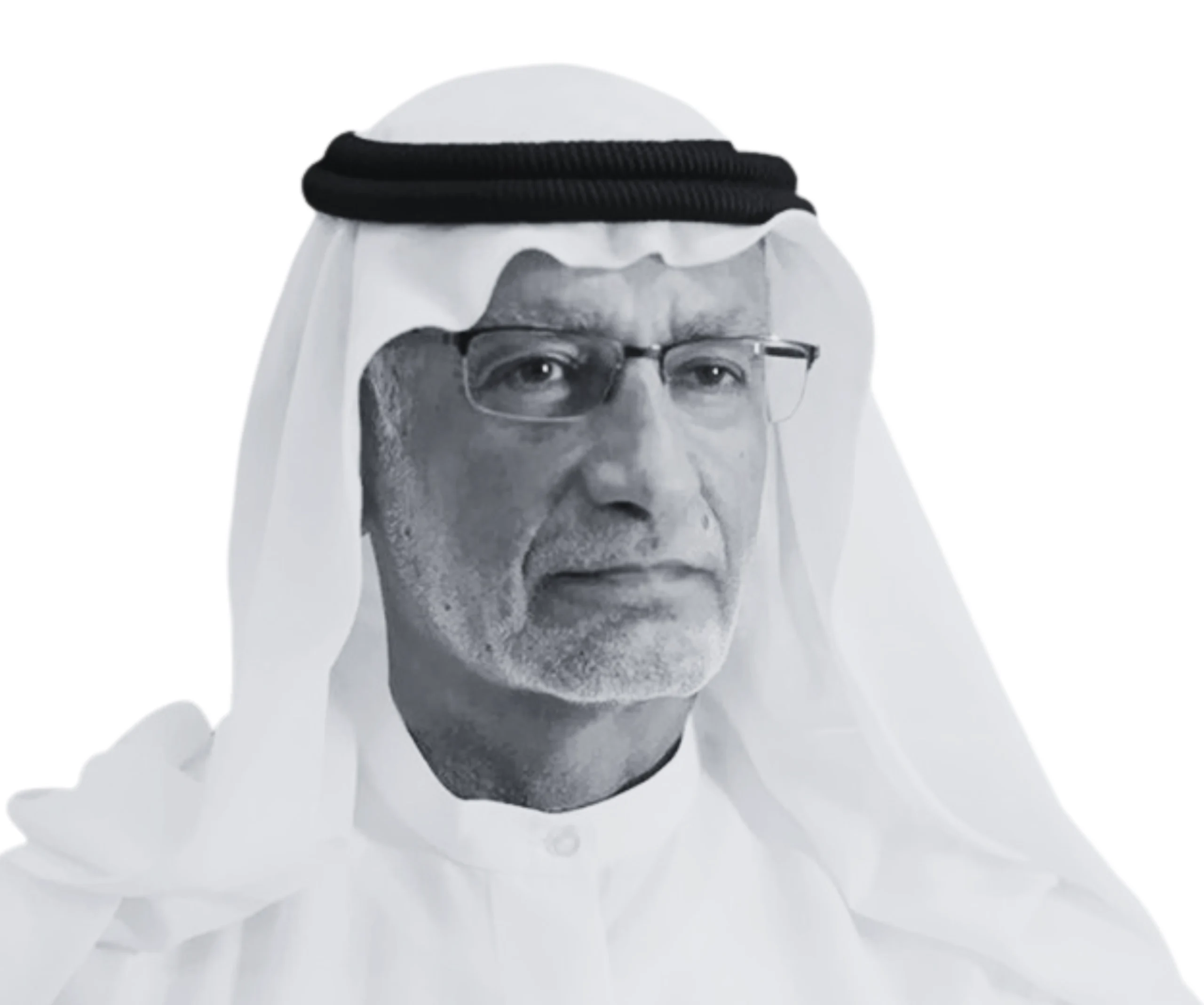In recent years, Saudi Arabia, the UAE, and Qatar have gained momentum as a distinct bloc within the Gulf Cooperation Council (GCC). These three Arab Gulf States are increasingly recognized by keen observer of Gulf affairs as the Gulf Three (G3).
While the G3 is not an official entity, unlike the G7—an informal forum of seven of the world’s most advanced industrialized democracies that coordinate global economic policies and political issues—or the G20, founded in 1999 to bring together the major advanced and emerging economies to promote financial stability, or even the G77, the world’s oldest and largest coalition of developing nations within the United Nations, it nonetheless represents an emerging concept of strategic cooperation among key regional powers.
Unlike the other international groupings, the G3 is the smallest and the newest arrival on global stage. The three member states are the most politically and diplomatically active, the most economically and financially powerful, and the most globally visible among the six GCC members. Together, they now form the new Center of Arab politics and diplomacy. There has never been a more important time to understand the motivations that drive the G3 diplomacy.
From Rivalry to Strategic Convergence
Relations among the G3 states are at their deepest level since the 2017 Gulf rift, when Saudi Arabia, Bahrain, and the UAE boycotted Qatar. The rift is now firmly behind them. The G3’s relationship with the United States is also solid and more confident, despite occasional doubts about Washington’s reliability in moments of crisis.
The May 2025 visit of U.S. President Donald Trump to Riyadh, Doha, and Abu Dhabi brought global attention to this emerging Gulf triad. Since that high-profile visit, and especially after Israel strike on Doha, the G3 have intensified their political coordination and defense cooperation — all with an eye toward maintaining U.S. engagement in Gulf security. The Israeli air and missile attack on Doha in September may prove to be a turning point in Gulf security thinking. It has the potential to unleash the long-discussed idea of a KHALEEJI NATO — a collective defense framework led by Saudi Arabia, the United Arab Emirates, and Qatar. The immediate response of the GCC states was to reaffirm their commitment to the 2000 GCC Joint Defense Agreement, which obligates all six members to consider an attack on one as an attack on all — similar in spirit to NATO’s Article 5.
Iran in Retreat, a New Era Dawns
The G3 states — like most GCC members — still view Iran as a major long-term threat. Yet, Iran’s geopolitical influence is in sharp decline. Once a dominant regional power, Tehran has lost strategic ground in Syria and is on the verge of losing Lebanon. Its once-formidable Axis of Resistance lies in disarray, and its enrichment capability has been heavily degraded and it nuclear program — once a key bargaining chip — has been severely incapacitated by 12 days relentless Israeli and American bombardment.
The erosion of Iranian regional power signals the arrival of a new historical phase — the Post-Iran Middle East. The G3 are acutely aware of this transformation and are positioning themselves to fill the emerging power vacuum, alongside Israel and Turkey.
Israel: A Potential Threat
Israel’s aggressive strike on Qatar has fundamentally altered Gulf threat perceptions. For the G3, Israel now poses not just a diplomatic or political challenge, but a potential security threat. In the Post-Iran Middle East, Israel’s attempt to reshape the region in its own image — under the leadership of a deeply unpopular and aggressive Prime minister Netanyahu — is unacceptable to the three emerging Gulf powers.
A “New Middle East cantered on Israel,” defined by military dominance and aggression, the ongoing humanitarian disaster in Gaza, and continued de facto annexation in the West Bank, is a recipe for regional instability. The G3 are quietly but firmly pushing back against this vision, emphasising instead a region anchored in soft Gulf leadership, and balanced power, regional cooperation, and economic development and prosperity for all.
The U.S. and the G3: An Indispensable Partnership
The rise of the G3 coincides with a resurgent American presence in the region. The United States is once again deeply engaged — militarily and diplomatically — from Syria and Lebanon to Gaza and the Gulf. Its forces remain on high alert across Gulf waters, and despite occasional criticism, Washington’s role remains indispensable to regional security. This is the American moment in Middle East history. President Donald Trump made the October 13 Sharm El Sheikh summit as showcase for the America moment in the Middle East. For the time being there is hardly any global power to compete with America. Russia and China or EU are nowhere to be seen these days.
For the G3, the relationship with the United States is a strategic pillar of their security and geopolitical vision. No KHALEEJI NATO can materialize without full American support and commitment to Gulf stability. Washington, in turn, would be wise to engage the G3 not only as security partners but as regional powerhouses capable of shaping a more stable Post-Iran Middle East.



Comments